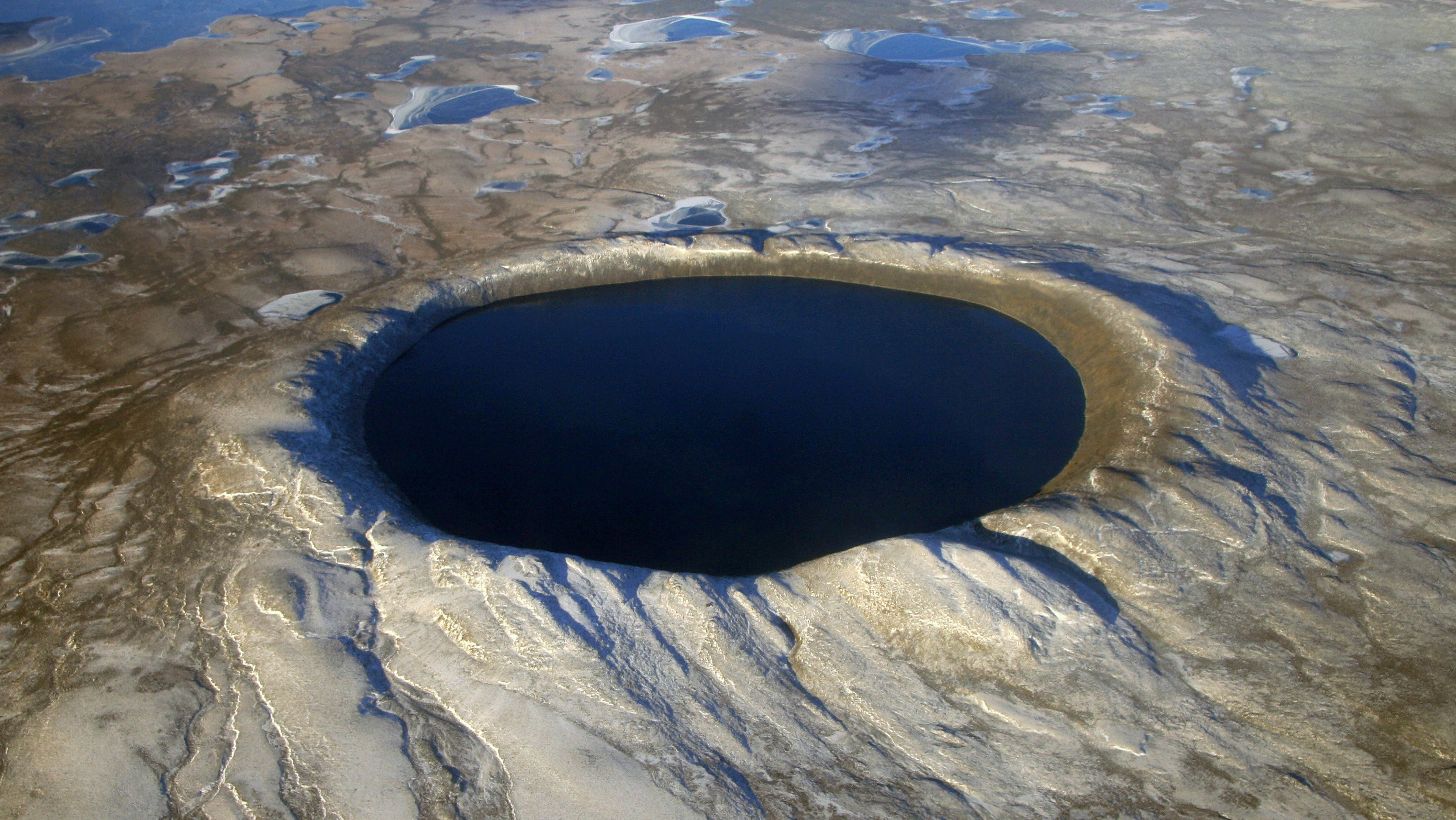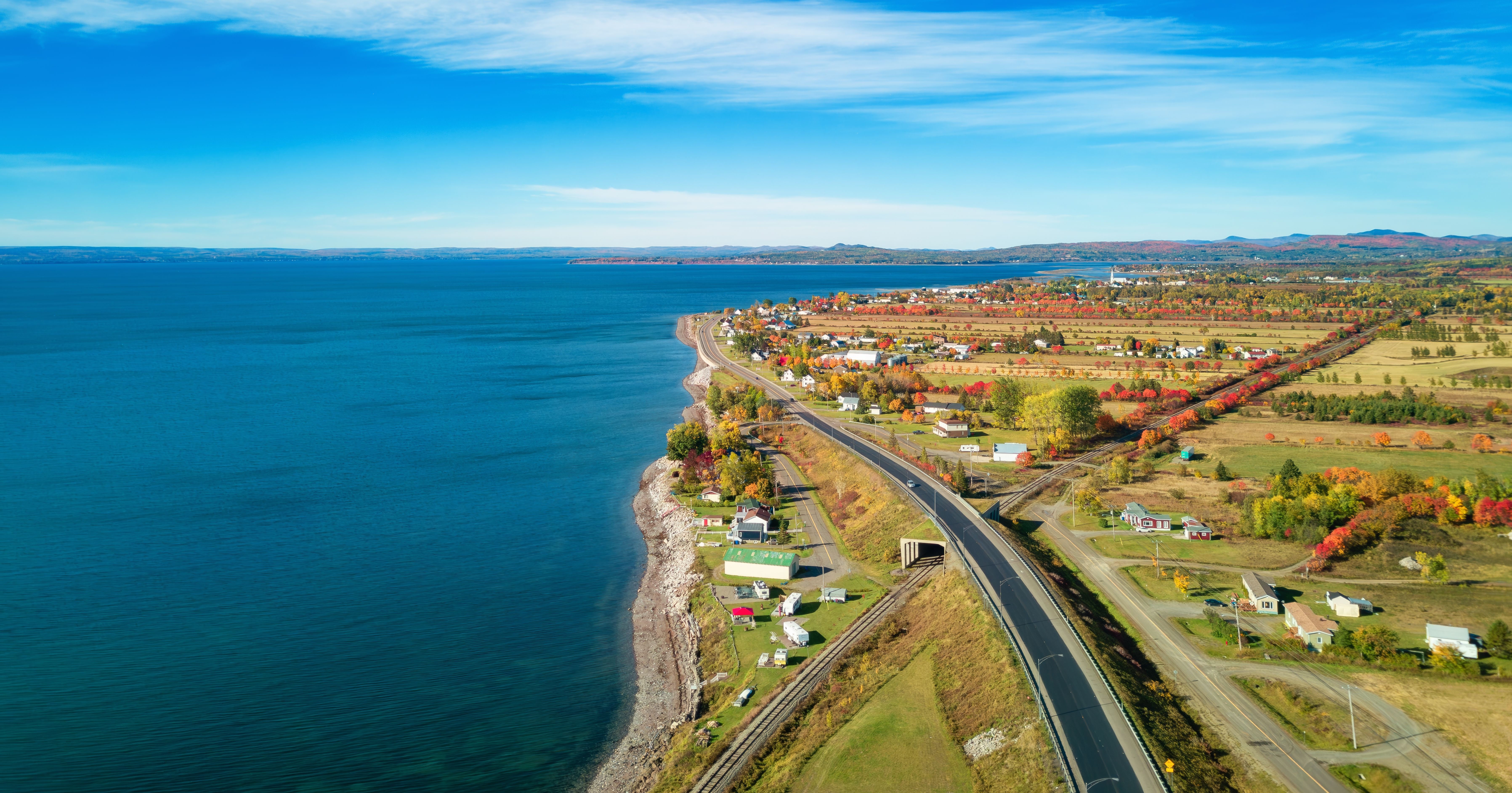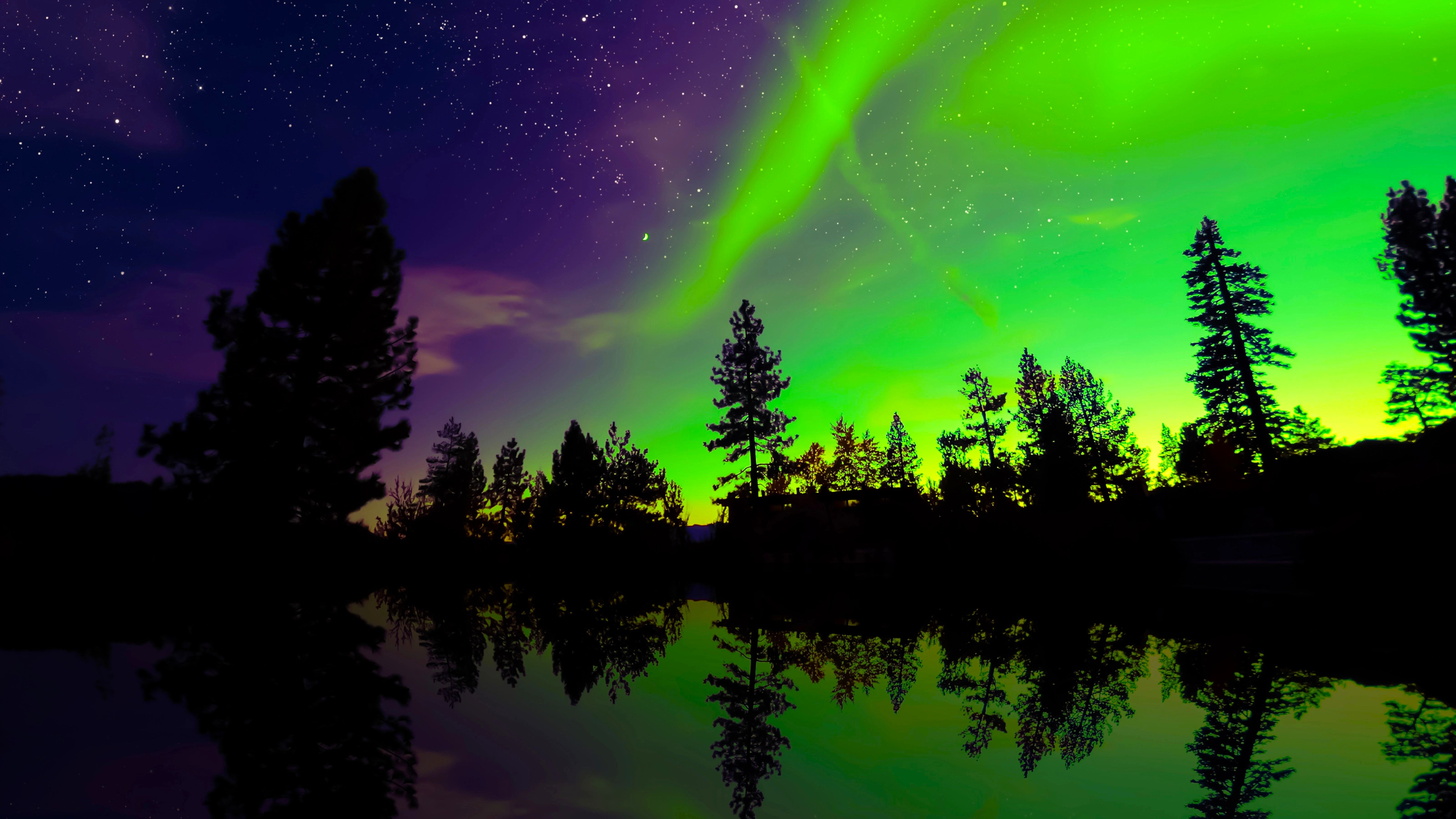Charged particles borne by solar winds travel millions of miles from the sun before hitting the Earth’s magnetic field, which pushes them toward the poles where they collide with gases in a way that sparks spectacularly colorful results: the aurora borealis, or Northern Lights.
Fairbanks, Alaska is considered one of the best places to see the Northern Lights in the U.S. However, there’s a Canadian territory to the east where the viewing is apt to be just as good, with outdoor attractions and stunning locales that make for an unforgettable over-the-border vacation. Plus, its name is synonymous with far-north adventure: the Yukon.
Related
This “French Alps” Town Just Over The U.S. Border Is North America’s Best Ski Resort
While Whistler and Banff on the west coast get all the Canadian ski attention, this “French Alps” town in the east is North America’s best ski resort.
Why Yukon Is A Great Place To See The Northern Lights
Great hiking, wildlife, and museums headline the list
The aurora borealis can typically only be seen within a latitudinal belt that stretches from 60 to 75 degrees north. Tropical or warm weather locales, in other words, need not apply. Instead, cold weather destinations like Alaska, Canada, or European nations, Finland, Norway, Sweden, and Russia are typically the best places to see this bucket list attraction.
So why choose Yukon? Territorial destinations like Dawson City and the capital of Whitehorse will retain a nostalgic attraction for those who grew up reading Jack London novels like The Call of the Wild, set during the Klondike Gold Rush in the Yukon during the final decade of the 19th century.
The Jack London Museum in Dawson City is worth a visit in any case, as is hiking the old Chilkoot Trail that led to the gold fields, although these are hardly the only reasons, besides the Northern Lights, to visit this part of Canada.
In part because of its remoteness, the Yukon is teeming with wildlife, from the elk, caribou, bison, and other species found in the territory’s eponymous wildlife preserve and Kluane National Park and Preserve, home to grizzly bears, moose, and Canada’s highest peak—the over 19,000-foot high Mount Logan. The outdoor settings are jaw-droppingly beautiful, not only at these sites but at the gorgeous Emerald Lake and Tombstone Territorial Park, too.

Related
Skip Oregon: Canada’s “Crater Lake” Is North America’s Most Underrated National Park
Hidden in Canada’s Arctic, a pristine crater lake rivals Oregon’s famous Crater Lake for beauty and uniqueness—but with far fewer visitors.
When Is The Best Time To Visit?
Visit during the fall or spring to avoid winter weather
Sightings of the Northern Lights aren’t possible year-round. The spectacular light show in the Yukon, as in other Northern Hemisphere destinations, is visible between late August and mid-April. That tightens up the window somewhat, but it still means visits are an option for more than half the year.
Most travelers will want to avoid winter. Sure, you can go skiing, ice fishing, or dog-sledding. But as those who read Jack London will recall, winter in the Yukon is very, very cold. Wintertime temperatures can reach as low as minus 75 degrees Fahrenheit. The capital, Whitehorse, it should be noted, is not one of the underrated small towns in Canada near the U.S. border. It’s better than 1,500 miles north of Seattle, one of the northernmost cities in the U.S.
Fall or spring are the best options, with the former not only warmer but having the added attraction of seasonal foliage. Between the leaves turning and the Northern Lights, visitors will experience a kaleidoscope of colors. Autumn also offers the best conditions for activities such as hiking and mountain biking.
|
When to see the Northern Lights in Yukon: |
Late August to mid-April |
|
55 degrees Fahrenheit |
|
|
The average temperature in Whitehorse in December: |
8 degrees Fahrenheit |
|
The average temperature in Whitehorse in April: |
34 degrees Fahrenheit |

Related
This Is Canada’s Largest (& Its Smallest) Province
Oozing with French-Canadian culture and maritime beauty, these provinces are opposite in scale but are equally rich in character and heritage.
Tips On How To Get There
Yukon by planes, trains, and automobiles
Despite mixed reviews on new facial recognition technology for boarding, plus new carry-on charges from Air Canada, flying remains the easiest way to get to Yukon. Whitehorse’s Erik Nielsen International Airport (YXY) receives regular flights from Air Canada, which also services many destinations in the U.S.
Since Skagway is in the Alaskan panhandle, a passport is required, as is the case for all travel to Canada. A connecting train from Skagway to Denver makes longer U.S. rail trips a possibility.
Road-tripping is another scenic option, although you’ll need proper documentation for the border crossing and a vehicle capable of handling thousands of miles of use. You’ll also want to avoid winter driving conditions. If you go in early summer, you can experience the midnight sun, with 24 hours of sunlight, although, of course, it’s too early in the year to experience the Northern Lights, which remains the most compelling reason to visit this underrated Canadian territory.

